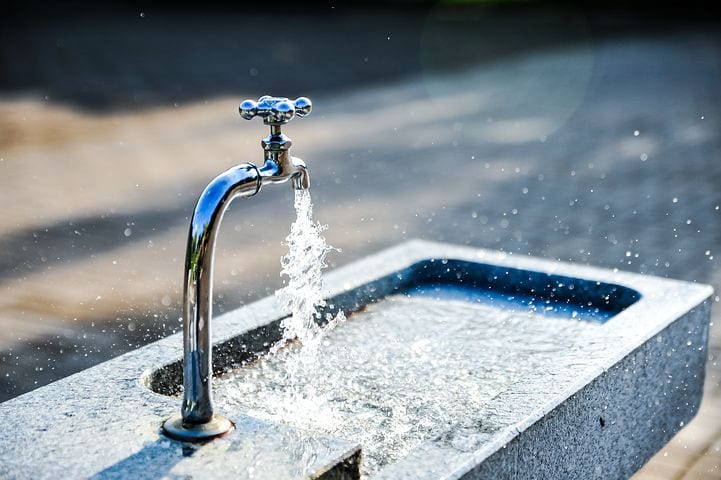Water is one of the fundamental building blocks for life on Earth. Today, 844 million people around the globe live without access to safe water, and 2.3 billion are living without access to improved sanitation, according Water.org. To be informed about World Water Day on March 22, here’s what you need to know about the worldwide water crisis.
Areas affected
It’s no secret that countries with higher rates of poverty tend to have more problems with clean and accessible water, since it’s generally more difficult to outfit homes and villages with utilities like sinks, filters and disposals. According to the UN, places with the highest economic scarcity are Central Africa, Central and South America and South Asia, whereas areas with physical water scarcity include Southwestern North America, the Middle East and Southern Australia. The Mel and Enid Zuckerman College of Public Health states that the five countries with the greatest scarcity issues are Yemen, Libya, Jordan, the Western Sahara and Djibouti, although locations such as South Africa, Michigan, California and Australia have been in the news for water-related problems recently as well. It’s important to realize that no country or region, regardless of economic power, is ever entirely safe from an impending water crisis.
The woman’s problem
Women are disproportionately affected by the water crisis, as stated by Water.org. This is because in many societies, especially those in underdeveloped countries, women are largely expected to care for their family. It is estimated that some girls and women spend six hours a day gathering water for their relatives, totaling 266 million hours worldwide per day. According to a graphic created by the UN, women above the age of 15, especially in Sub-Saharan Africa and Asia, are shown to be the largely responsible for water collection.
Health impacts
Water, at the very base of life, when taken away, leaves many issues. For one, contaminated water can cause a variety of maladies. From diarrhea to giardia to cholera, people without reliable access to potable water are at great risk for disease, especially children, pregnant women and the elderly. Every 90 seconds a child dies from a water-related disease, and 1 million people are killed from a water-related causes each year, according to Water.org. In addition, many suffer from pains related to carrying buckets of water and infections from not being able to bathe Females are also more susceptible to rape, sexual assault and abduction due to having to travel to remote locations to find water.
How it affects education
Since many children in these areas need to take time to gather water or are afflicted by illness, they end up putting less energy into schooling. If children are not able to access education as readily, the cycle of poverty continues. In general, these populations continue to have low rates of education because of the time spent on the fulfillment of their basic needs and survival before they are able to focus on higher purposes. Thus, these societies face lowered levels comprehension regarding water safety, parasites, epidemiology and sanitation processes.
Flushing out the economy
Similar to the interaction with education, time spent searching for water is time wasted in improving the economy. Less people are able to work due to the near constant grapple for potable water or being stricken with water-related illness, which may render them disabled or too sick to function at full capacity. In addition, less children who complete a formal education means less adults able to perform highly-skilled jobs that pay a livable salary. It is estimated by Water.org that $206 billion is lost globally every year due to lack of basic water and sanitation. On the flip side, if access to clean water became universal, $32 billion may benefit the economy because of the reduction in healthcare costs.
The future of water
According to the World Wildlife Fund, by 2025, two-thirds of the world may be facing water shortages. This would wreak havoc, concentrated in areas of overpopulation, regions with lowered access to universal healthcare and, outside of the human experience, ecosystems, especially those located in hotspots for biodiversity like wetlands and rainforests.
The UN is looking at ways to remedy this crisis. They have dubbed March 22, 2018 (World Water Day) to March 22, 2028 as the International Decade for Action. The decade will focus on “accelerating efforts towards meeting water-related challenges, including limited access to safe water and sanitation, increasing pressure on water resources and ecosystems and an exacerbated risk of droughts and floods,” as stated on their website. This is a call to action for nations worldwide, regardless of socioeconomic status and water-related issues to step up to solve this global problem.


